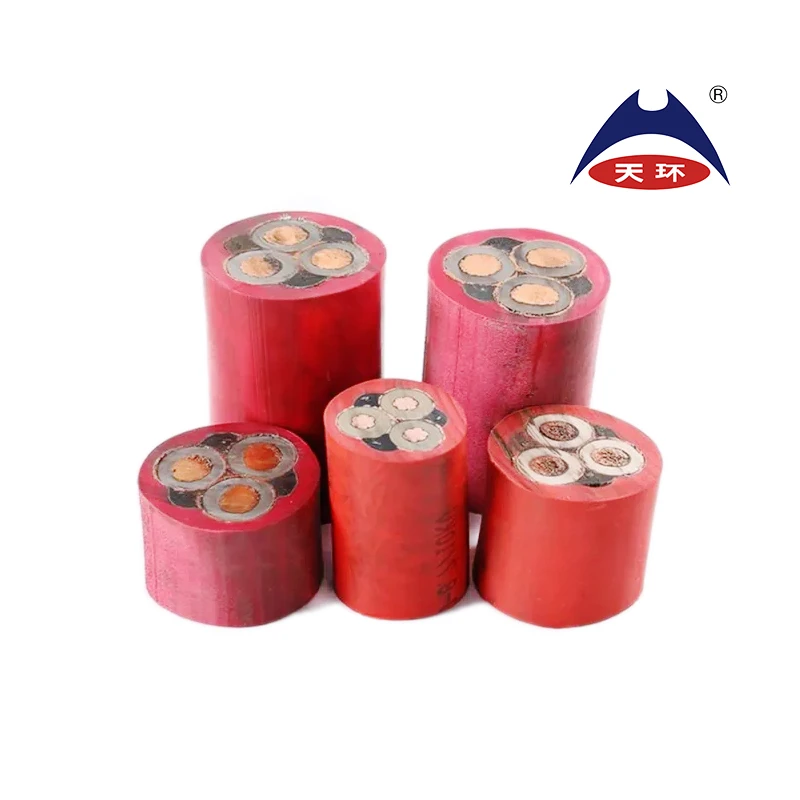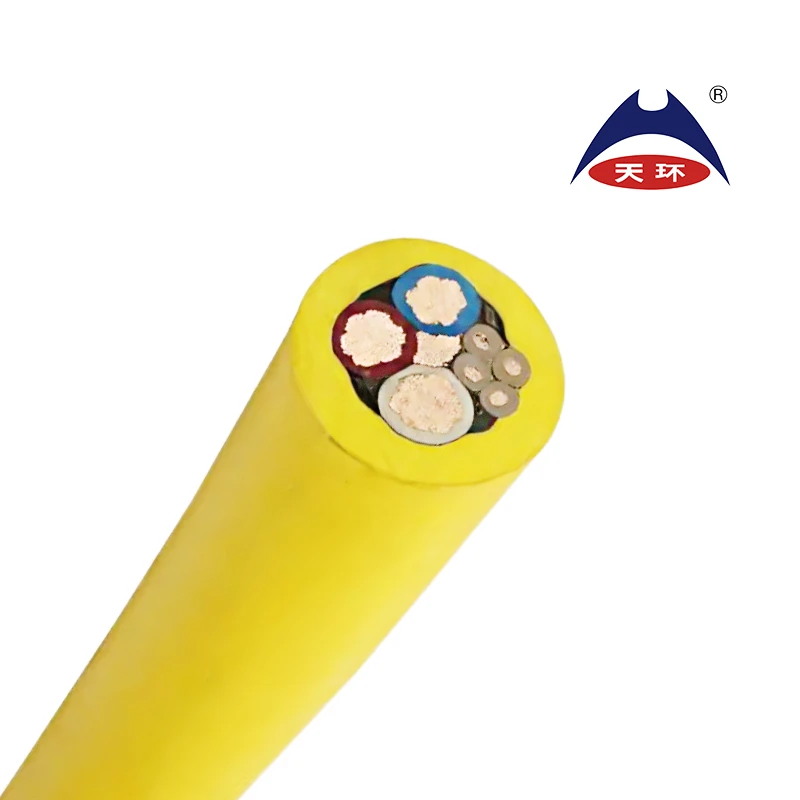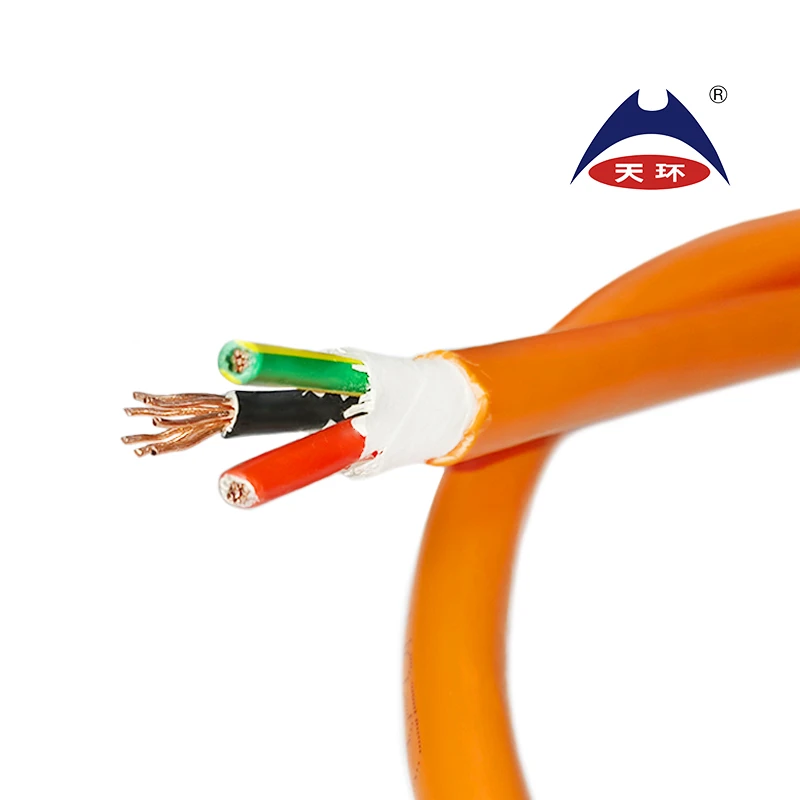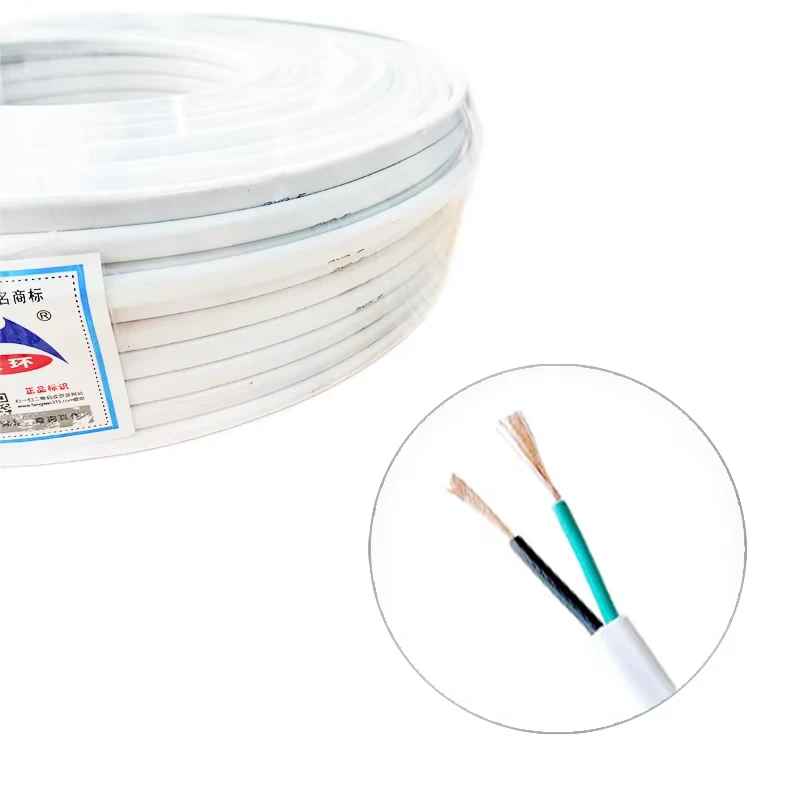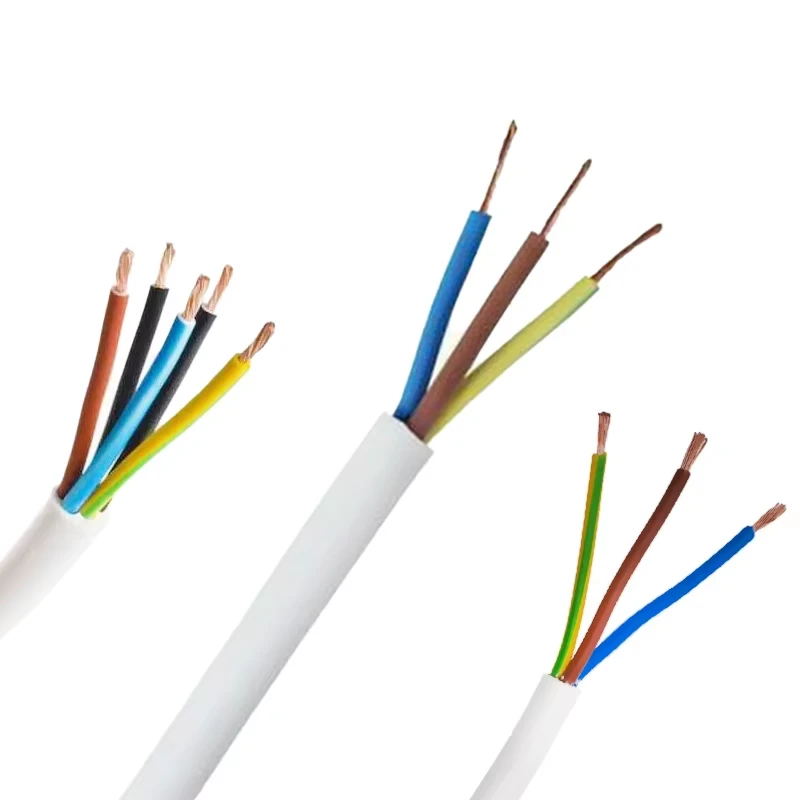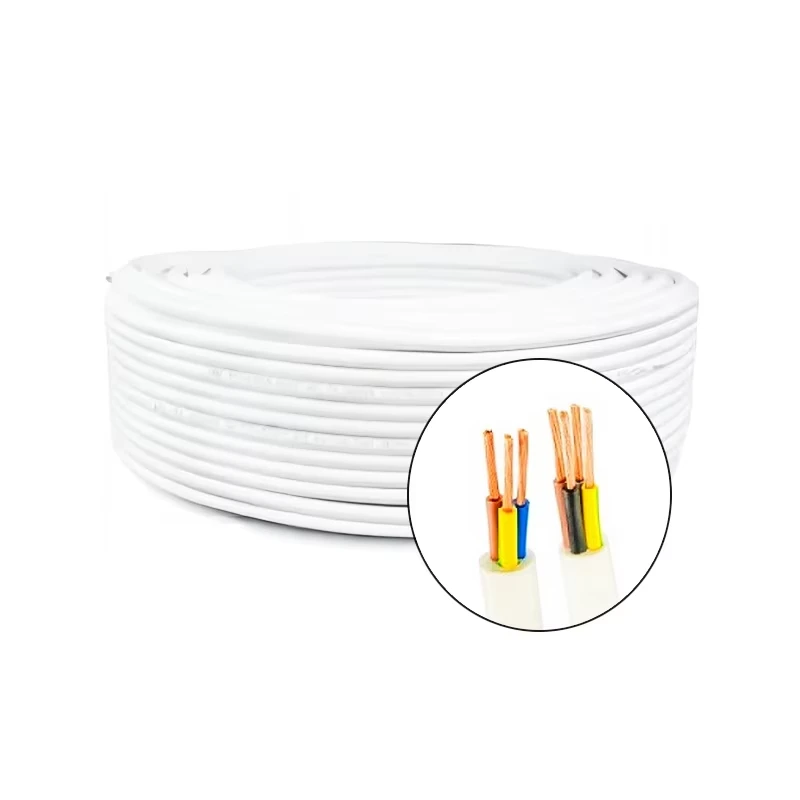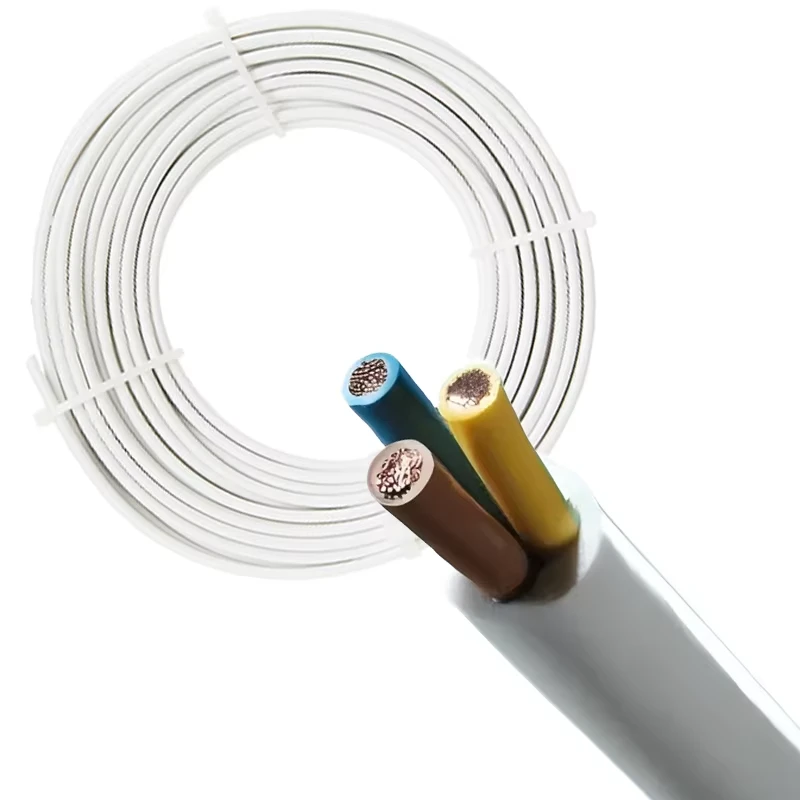
Three-Phase ABC Cable Solutions for Efficient Power Distribution in Modern Electrical Systems
Understanding the Importance of 3-Phase ABC Cables in Modern Electrical Systems
In today’s rapidly evolving electrical landscape, efficient power distribution is crucial for residential and industrial applications alike. One of the key players in this domain is the 3-phase Aerial Bundled Cable (ABC) system. This innovative technology has revolutionized how electricity is transmitted, providing numerous advantages over traditional power distribution methods.
What is 3-Phase ABC Cable?
3-phase ABC cables are overhead power lines that consist of several insulated conductors bundled together. The 3-phase aspect refers to the three alternating currents generated by a power source, crucial for balanced and efficient power delivery. The bundled design reduces the risks of electrical faults and minimizes the likelihood of unintentional contact with the conductors. These cables offer a reliable solution for electric utility companies, municipalities, and businesses seeking efficient power distribution.
Advantages of 3-Phase ABC Cables
One of the most significant advantages of 3-phase ABC cables is their enhanced safety features. The insulated conductors provide protection from environmental hazards, including weather conditions and wildlife interference. This is particularly important in urban areas, where space is limited, and the risk of accidental contact with overhead lines is higher. The ABC system significantly reduces this risk, making power distribution safer for communities.
Additionally, 3-phase ABC cables are known for their resistance to electrical interference and reduced voltage drops. The design minimizes the distance between the conductors, which helps in maintaining the integrity of the electrical supply and ensures efficient power flow. This is particularly beneficial for industries that rely on consistent energy supply for their operations, as it helps prevent interruptions that can result in productivity losses.
3 phase abc cable company
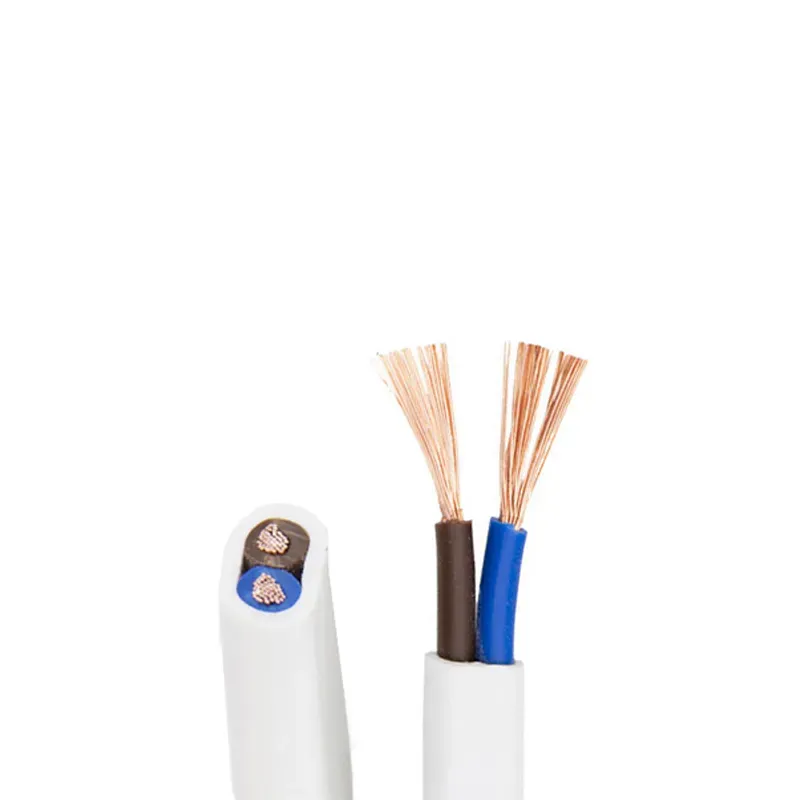
Cost-Effectiveness and Installation Benefits
Another compelling reason for the adoption of 3-phase ABC cables is their cost-effectiveness. While the initial investment may be higher than traditional open wire systems, the long-term savings are significant. The reduced maintenance needs and the lower risk of power outages contribute to a more cost-efficient operation over time. Moreover, the installation process is generally quicker and more straightforward. Since the cables are bundled, fewer installation tools and poles are required compared to conventional setups, thus reducing labor costs and time.
Environmental Impact and Aesthetic Considerations
In addition to their practical benefits, 3-phase ABC cables have environmental advantages. Their installation often requires less clearing of land, leading to minimal disruption of the surrounding ecosystem. This is an important consideration for power companies looking to balance infrastructure development with environmental stewardship. Furthermore, the neat appearance of buried or streamlined overhead lines presents an aesthetically pleasing alternative to traditional transmission lines that can disrupt scenic views in residential areas.
Conclusion
In summary, 3-phase ABC cables represent a significant advancement in electrical power distribution technology. With their combination of safety, efficiency, cost-effectiveness, and minimal environmental impact, they stand out as a preferred choice for the modern energy landscape. As our world becomes increasingly reliant on electrical infrastructure, the advantages offered by 3-phase ABC cables will likely play a pivotal role in shaping the future of energy distribution. For utility companies and industries aiming for sustainable growth and efficiency, the adoption of this technology is not just a smart move but a necessary one. As we continue to innovate and seek greener alternatives in energy transmission, 3-phase ABC cables will remain at the forefront, ensuring that they meet the demands of an ever-evolving society.
-
Reliable LIYCY Cable Solutions for Low and Medium Voltage ApplicationsNewsJul.14,2025
-
Premium Overhead Electrical Wire Solutions for Low and Medium Voltage ApplicationsNewsJul.14,2025
-
Innovative XLPE Electrical Cable Solutions for Modern Low and Medium Voltage NetworksNewsJul.14,2025
-
High-Quality Ethylene Propylene Rubber Cable – Durable EPDM Cable & 1.5 mm 3 Core OptionsNewsJul.14,2025
-
Exploring the Versatility of H1Z2Z2-K 1X4mm2 Cables in Modern ApplicationsNewsJul.14,2025
-
Uses of Construction WiresNewsJul.14,2025
-
Types of Neoprene CableNewsJul.14,2025





